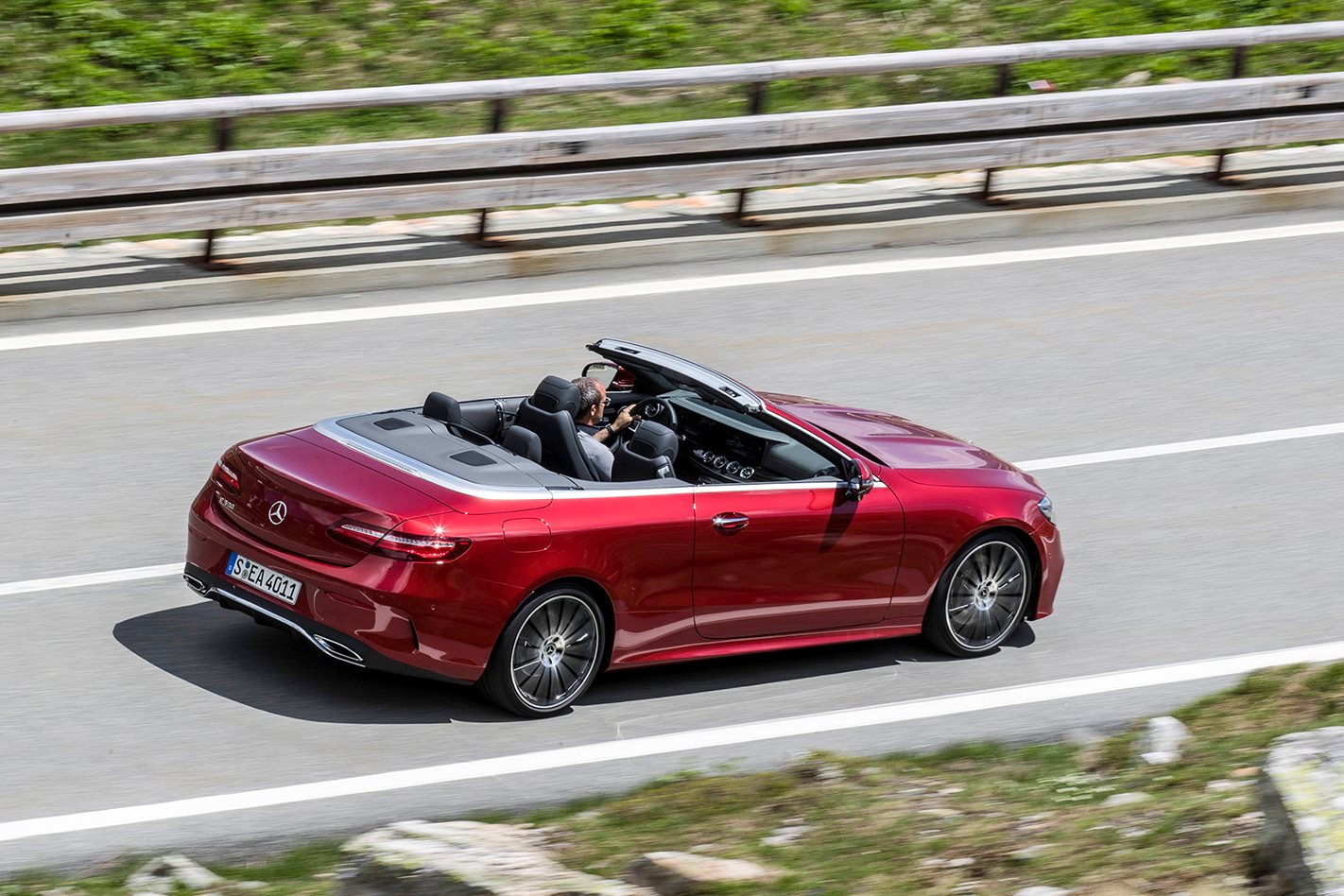
Four seats, no roof: Mercedes-Benz launches its latest E-Class Cabriolet in Europe, and we were there to get our first taste ahead of its Australian debut.
TELL ME ABOUT THIS CAR
The E-Class Cabriolet is the fifth bodystyle in Mercedes-Benz’s large car range. Following on from the C-Class-based outgoing model, Benz’s new E-Class drop-top makes a move to much larger underpinnings and not only scores more space, but also finally sports a luxurious feel that matches the rest of the range it belongs to.
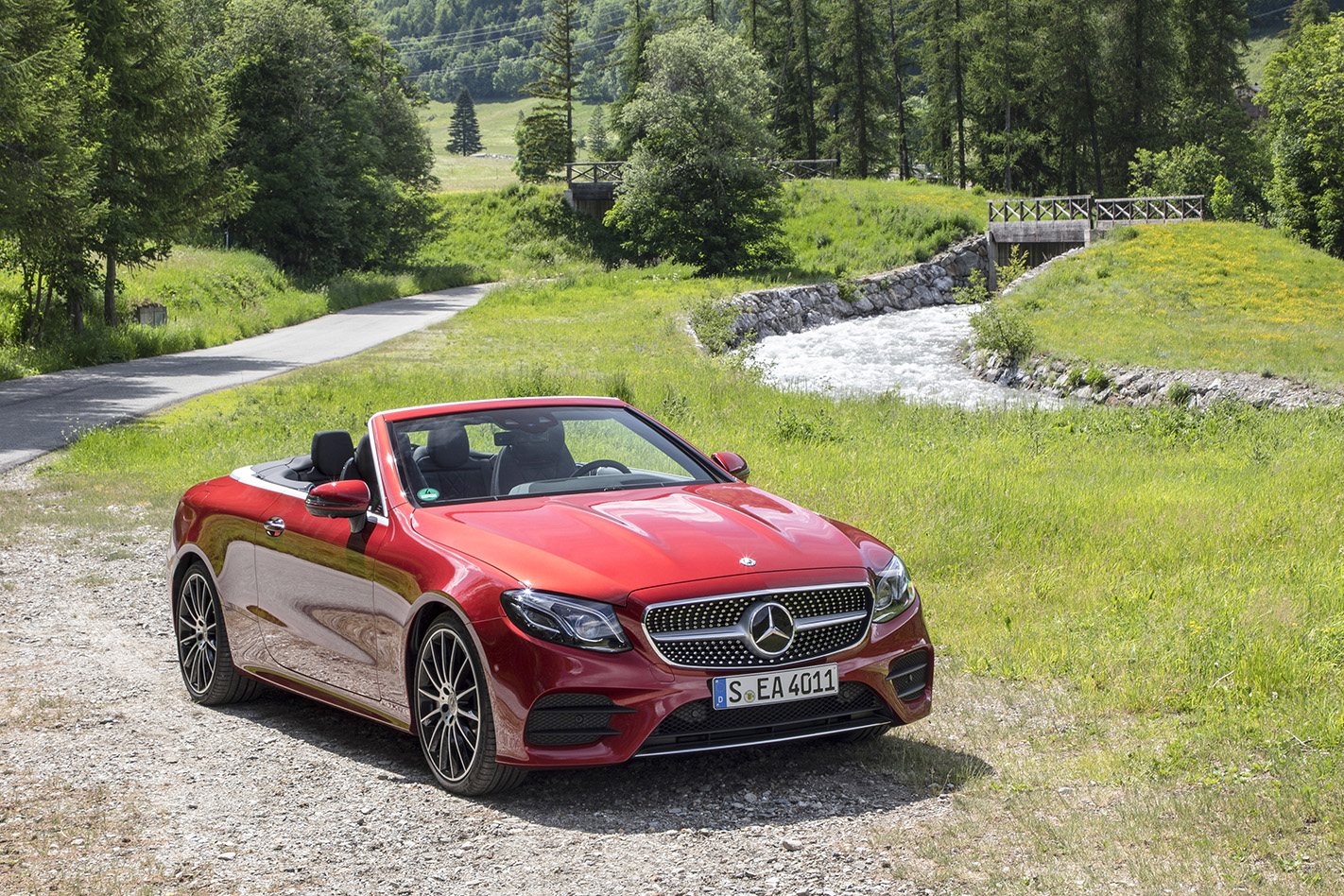
Available in Australia from September with pricing to be confirmed soon, the E-Class Cabriolet will be available with two engines – a turbocharged 2.0-litre four-cylinder petrol in the E300 and a 245kW/480Nm twin-turbo 3.0-litre petrol in the E400.
A nine-speed auto is standard-issue for both, while the E400 will benefit from the extra traction of all-wheel drive.
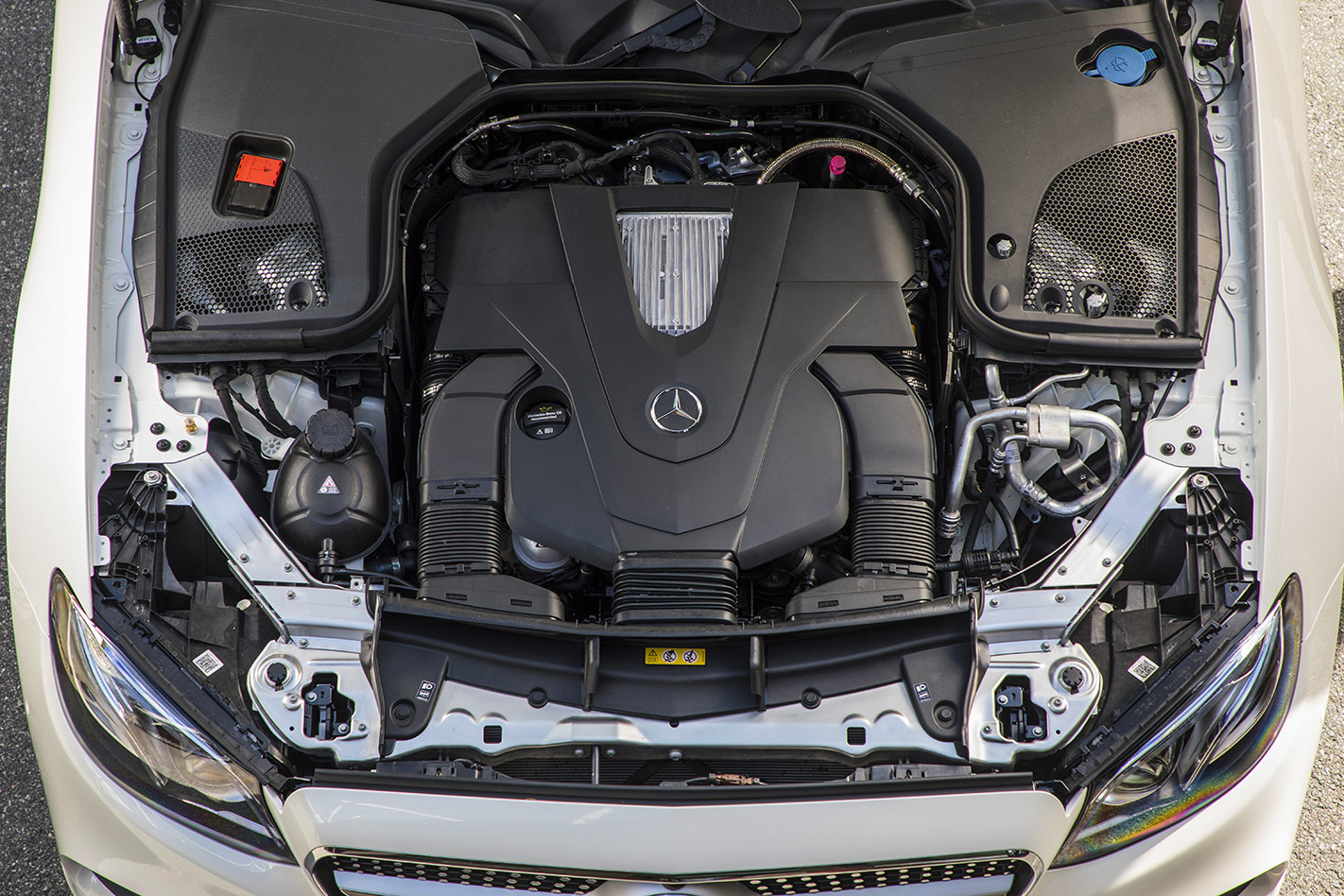
STRENGTHS
- Cabin space. This is the biggest area of improvement for Benz’s latest E-Class convertible, and it comes courtesy of a significantly larger platform that liberates a sizable 102mm more rear seat legroom. The old car was cramped due to being based on smaller C-Class underpinnings, but its replacement now has full-sized E-Class bones underneath. It makes the E-Class Cabriolet one of the most comfortable four-seat convertibles – if not the most comfortable – in the luxury segment.
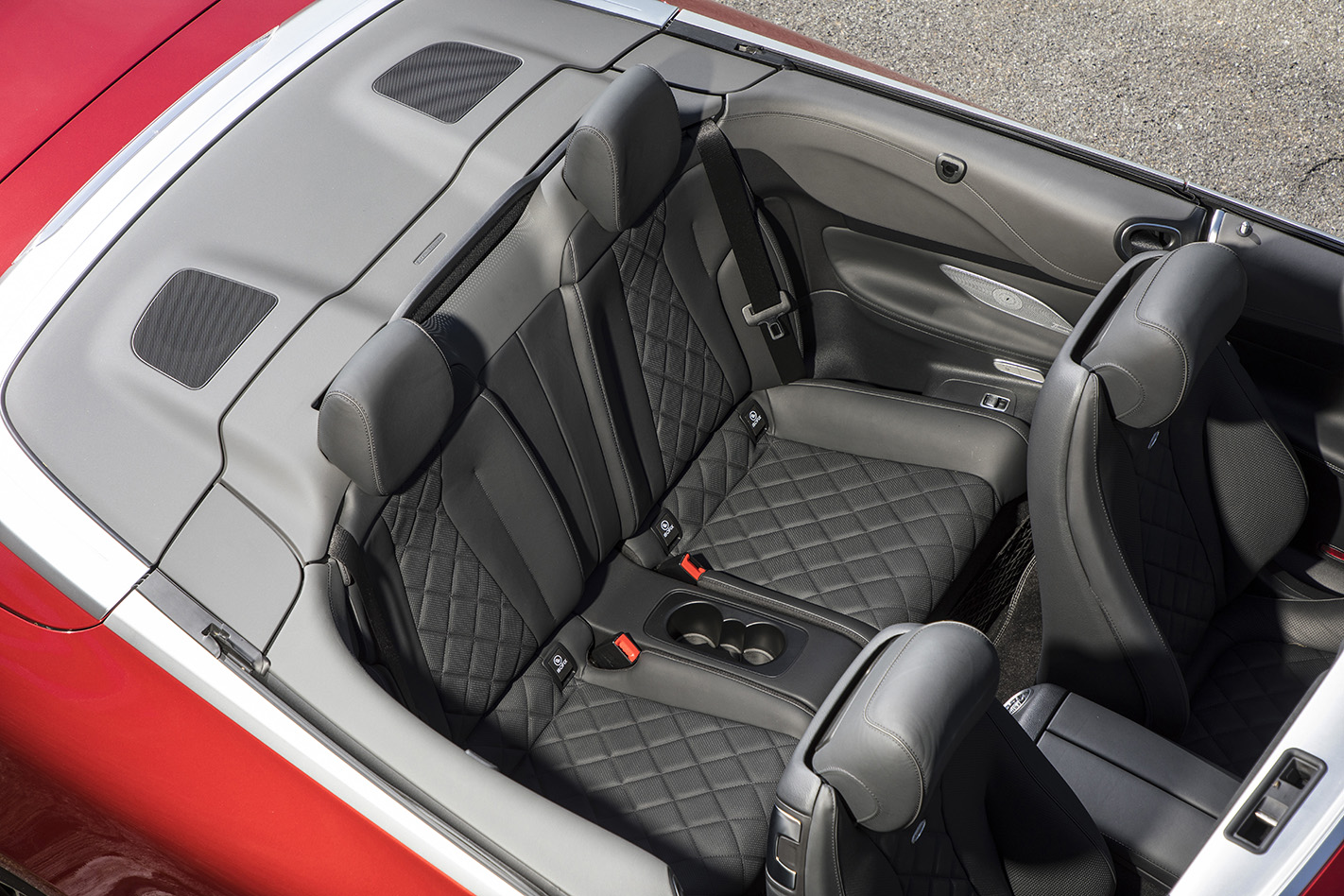
- Structural strength. A car’s roof adds significant strength to its chassis and convertibles frequently suffer from a lack of torsional rigidity without a roof to ‘box in’ its frame. The E-Class Cabrio, on the other hand, bucks this trend. Benz engineers have found a way to virtually eliminate chassis flex, and the result is a car that feels more solid, substantial and stable than many other drop-tops.
- Refinement. Just like the E-Class sedan and coupe, the Cabriolet’s interior is a lovely place to be. There’s liberal use of soft leather, the two-screen instrument panel is bright and clear, the jet-turbine-inspired air vents exude cool (literally) and it’s impressively quiet inside when the roof and windows are all up. It’s tremendously quiet and creak-free, which are not common convertible traits.
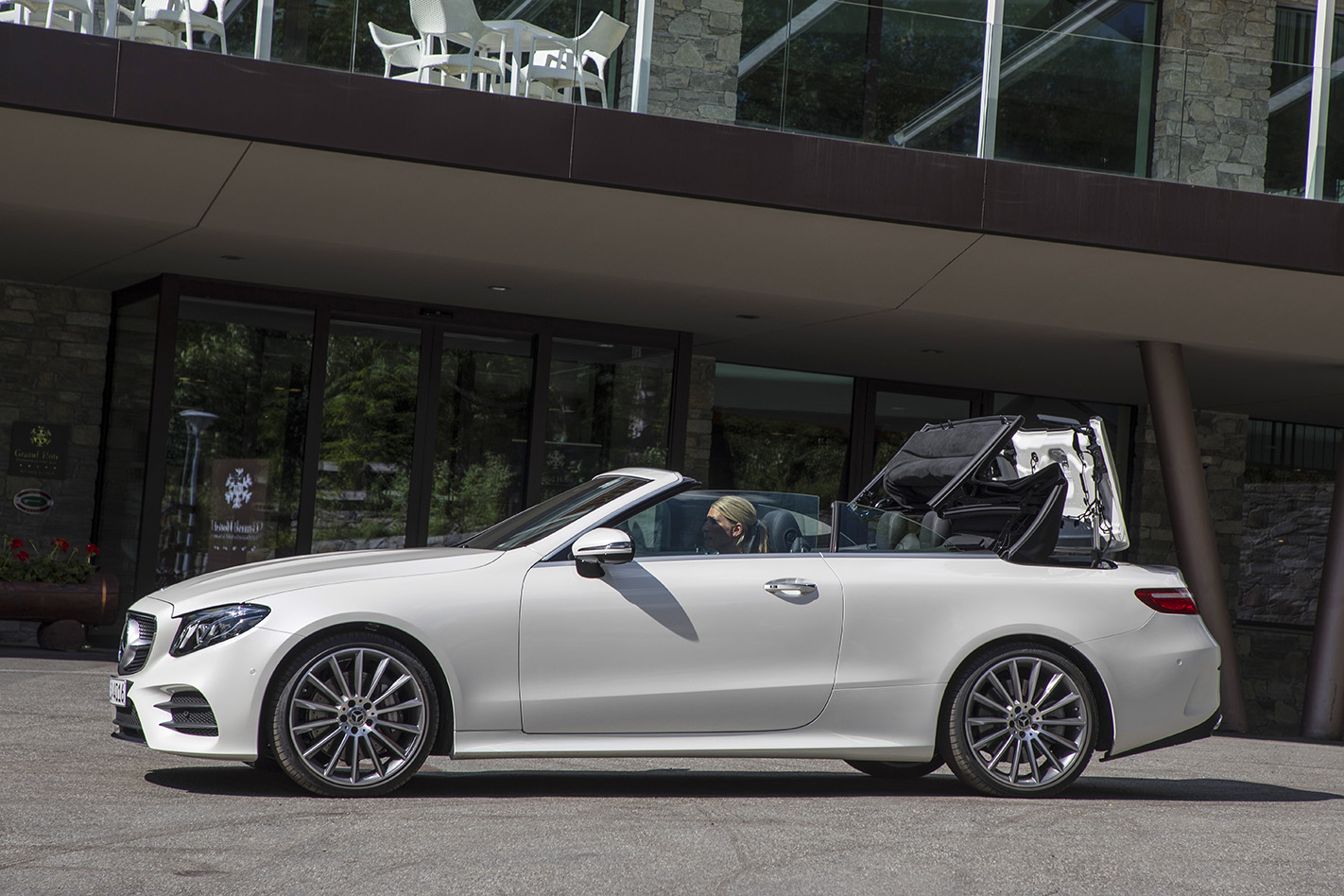
- Speedy roof. Taking 20 seconds to go up or down, the E-Class Cabriolet’s folding soft top moves fast enough to be completely finished during the average red light cycle. Even if the light turns green before you’re finished, it’s capable of operating at speeds up to a generous 50km/h.
- Comfort. The front seats are excellent, the rear seats have plenty of space for a pair of adults and there’s the extra benefit of headrest-mounted hot air blowers and seat heaters on all seats to keep you cosy when going topless in cooler weather. If you’re worried about getting your hair messed up, two power-operated wind blockers can be raised to reduce buffeting when the roof is folded.
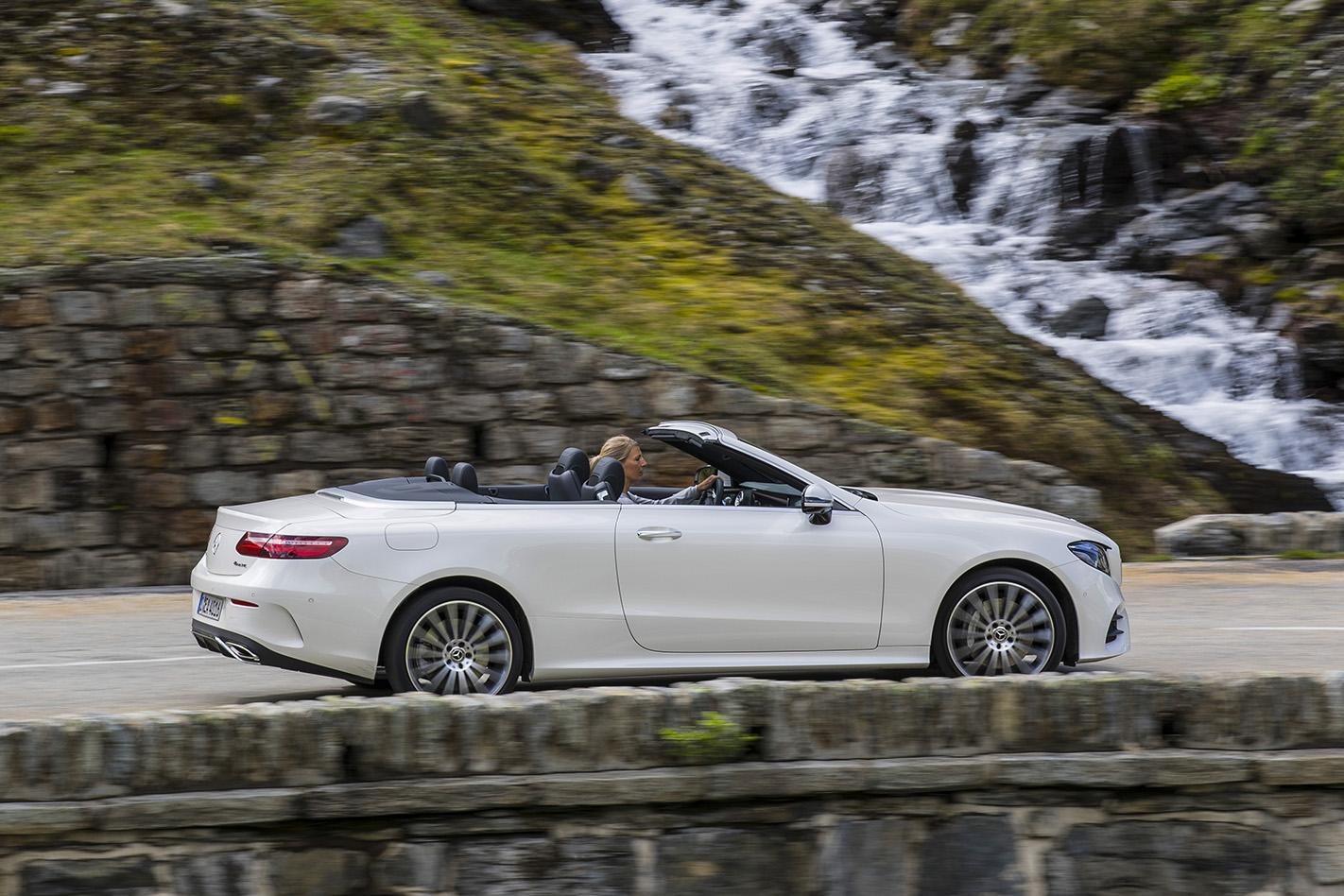
- Effortless V6 power. The E400 variant enjoys a healthy output of 245kW and 480Nm from its twin-turbocharged petrol V6. It may weigh just under two tonnes when empty, but that power and torque is more than sufficient to get the E400 moving briskly. When the nine-speed auto is in comfort mode, it moves along especially gracefully.
- Handling. The other benefit of having a torsionally rigid chassis is that handling doesn’t suffer in the transition from coupe to convertible. Because of this, the E-Class Cabriolet feels just as competent around a corner as the equivalent hard-top, though the extra 150kg it carries does give it a bit more mass to contend with.
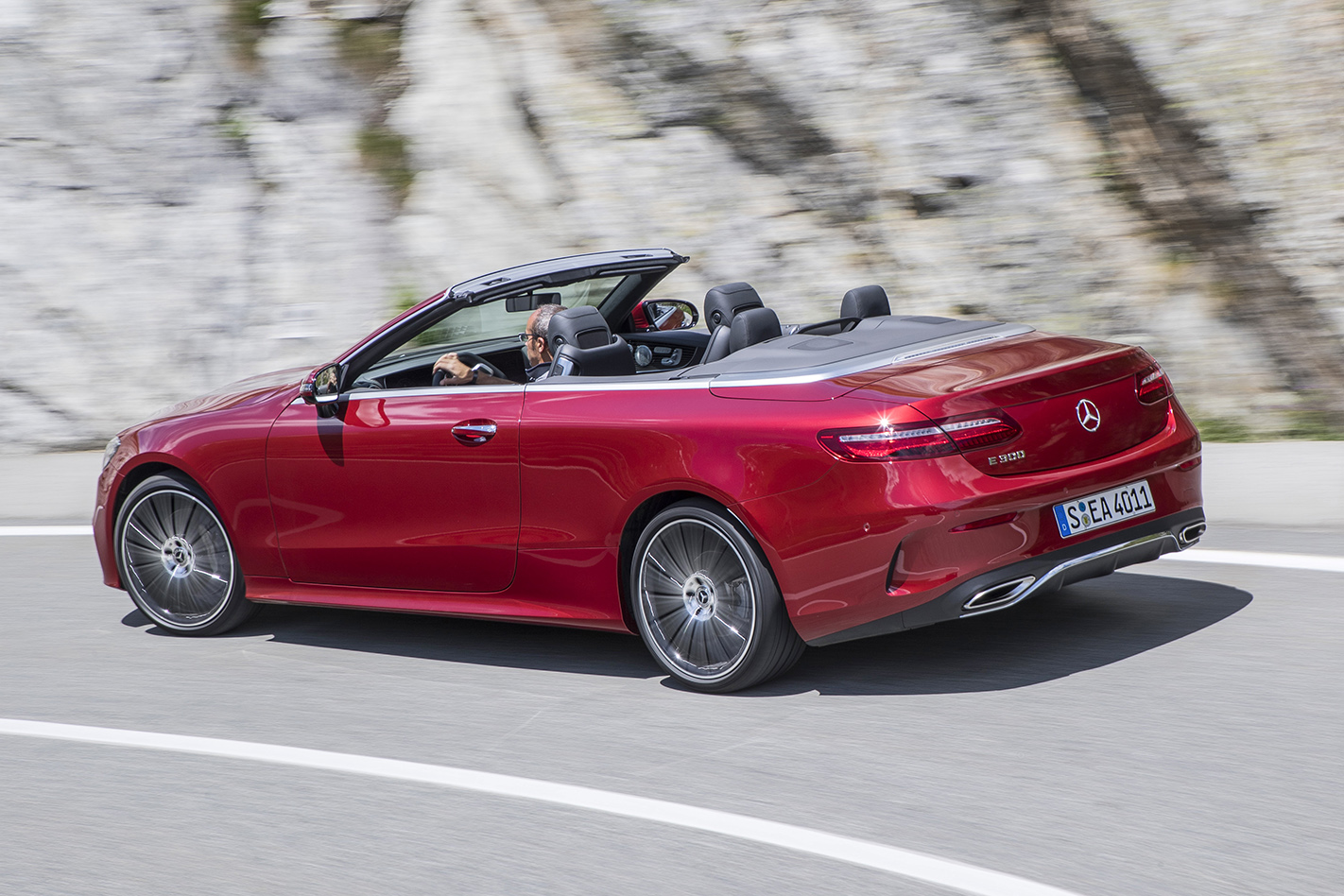
WEAKNESSES
- Upright rear seats. The new E-Class Cabrio has plenty of space behind the front seats, finally, but it could also benefit from a rear backrest that’s a little less firm, and a little less vertical. With that one change, rear seat passengers would benefit from a great deal more long-distance comfort
- Power in low-end models. The E300 is a fine cruiser, but steep ascents see its 2.0-litre engine working hard and generating plenty of noise. It doesn’t necessarily struggle, but it doesn’t feel as effortless as the E400 does either.
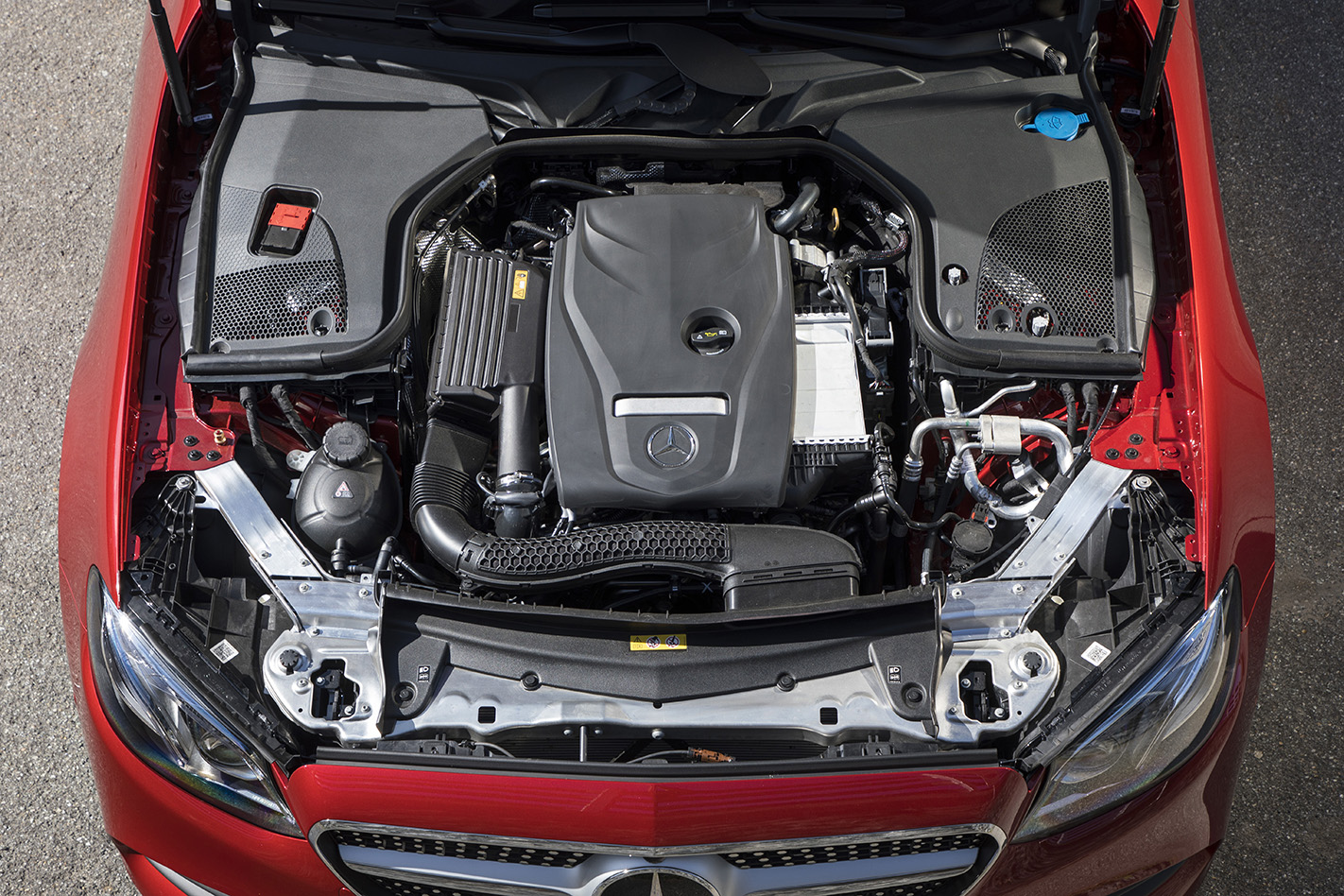
- Dorky wind blocker. Mercedes spent a fair bit of time engineering the Cabrio’s “Aircap” wind-blocker system, which uses a retractable wing above the windscreen and a retractable mesh panel behind the rear seats to minimise in-cabin wind buffeting when the roof is down. It’ll keep your hairdo intact even at highway speed, but it ruins the elegant lines of the car when it’s activated.
Here’s the thing: the E-Class Cabriolet, now that it’s grown significantly, doesn’t really have any direct rivals. The BMW 4 Series convertible can’t compete on interior space, and the Audi A5 Cabriolet is in the same situation. Lexus, Jaguar and Infiniti don’t presently have any four-seat convertibles of their own either, let alone ones that can rival the E-Class Cabrio on an even footing.



